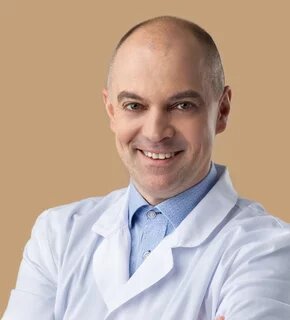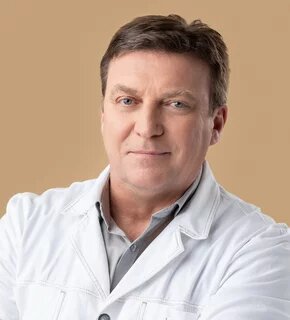
Surgical procedures
OUR MOST COMMON surgical PROCEDURES
Gallbladder surgery
The most common disease of the gallbladder is the presence of gallstones, which can lead to inflammation that can cause further severe abdominal pain. The solution to gallstones is surgery. This is the only way to treat it and prevent further complications such as inflammation, peritonitis, jaundice or pancreatitis.
More information about gallbladder surgeries >>
Oncoplastic surgery
The procedure allows cancer patients to have the tumor removed and the affected area reconstructed at the same time. Patients wake up after the operation to find that they have undergone breast reconstruction at the same time as the oncological procedure.
More information about oncoplastic surgeries >>
Breast reconstruction
During breast reconstruction surgery the surgeon rebuilds the completely or partially removed breast shape with your own tissue and/or an implant. The reconstruction process may consist of a series of breast augmentation interventions and include implant placement as well as restoration of the nipple and areola.
More information about breast reconstruction >>
Thyroid surgeries
The need for thyroid surgery depends on several factors and usually arises when conservative treatments fail to produce adequate results or when the nature of the disease warrants surgical intervention.
More information about thyroid surgeries >>
Hernia operations
A hernia is when an internal organ is dislocated from its normal anatomical position or cavity through a congenital or acquired opening. There are different solutions for the surgical treatment of hernias, for the closure of the hernia gate, and for the strengthening of the abdominal connective tissue, which is determined on an individual basis. Thus, the approach (open or laparoscopic surgery) and the size and type of surgical supporting mesh are determined individually.
More information about hernia operations >>
Pilonidal sinus (pilonidal cyst) removal
A pilonidal cyst (also called a pilonidal sinus, or buttock abscess) is a subcutaneous cavity and duct system that usually develops between the buttocks, in the sacrum area (i.e., above the tailbone at the top of the buttocks). In the affected area, the hairs cannot break through to the surface of the skin but develop deep in the subcutaneous fat. The glands that produce sebum and sweat in the hair follicles are unable to release their products to the surface of the skin, so the secretions and the ingrown hairs that cannot break through accumulate beneath the skin in the form of a lump. In the case of surgery, we distinguish between surgical treatment of the disease associated with an abscess and surgery aimed at complete excision of the affected area.
More information about pilonidal cyst removal >>
Varicose vein surgeries
Varicose veins are an abnormal dilation of the veins, most often appearing in the legs. Moderate varicose veins, spider veins, reticular veins or trunk varicose veins can be treated with sclerotherapy, which is a drug treatment administered directly into the blood vessels to cause the affected blood vessel to close and fade. For more extensive and advanced varicose veins, the modern surgical solution is the complete removal of the main superficial vein and its branches, the removal of the dilated veins and the ligation (tying off) of the veins connecting the deep and superficial veins (crossectomy, stripping, phlebectomy, perforating venous insufficiency).
More information about varicose vein surgeries >>
Our other highlighted surgical procedures:
- Anti-reflux surgery
- Hemorrhoidectomy
- Mastectomy
- Fibroadenoma removal
- Appendicectomy
- Colon resection

